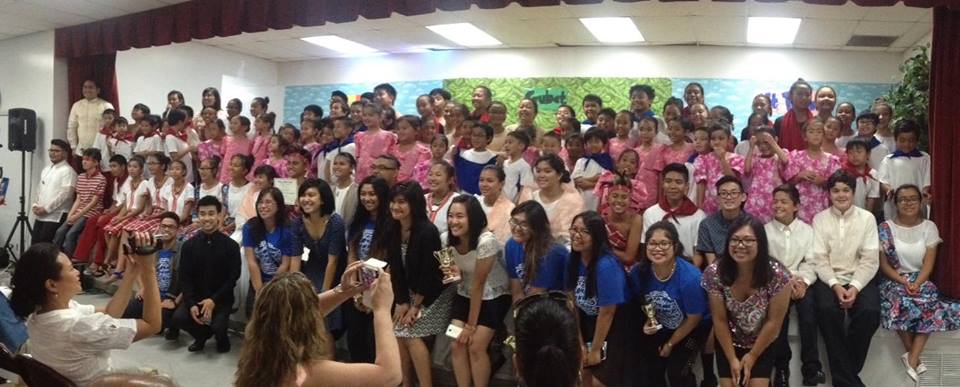By: Luis Francia, August 22nd, 2015 02:37 AM
NEW YORK CITY— Last month, I spent a little more than a week in the Visayas. I wanted to see what Tacloban was like in the year and a half after super-typhoon Yolanda ravaged it mercilessly, and how Bohol was dealing with the devastation—complete in some instances—of historic Spanish-era churches due to an earthquake a month before Yolanda.
Most signs of devastation that rendered the capital of Leyte a series of apocalyptic scenes are long gone, though my taxi driver from the airport reminded me of what it must have been like, when he recounted matter-of-factly five deaths in his family, including his mother and two nieces. Life goes on, as it must, and Taclobanons don’t lie around, bewailing the (mis)fortunes of their city. They put their heads down and go about the daily business of working or studying or whatever it is they need to do or accomplish to get from one day to the next.
Still, an air of forlornness and decrepitude pervades the city. It’s easy of course to paint the mayor, Alfredo Romualdez—nephew of octogenarian and former first lady Imelda Romualdez Marcos—as your traditional trapo, with more than sufficient evidence to justify doing so, but that is too easy a game. Enough slings and arrows have been hurled his way, and it’s a sure bet more will follow. The good citizens, and not just in Tacloban but I daresay in other towns and cities across the archipelago, know from experience how unreliable government usually is, especially in times of nature’s upheavals. Sure, aid will come (trickle down is probably a better word), but politics will further complicate, even poison, what is already a complicated process.
The real test for Taclobanons is, will they vote for the current mayor or his anointed successor? Will the bitter experience of Yolanda make the voters more politically astute?
With Yolanda, many foreign aid agencies rushed to help the city, including the usual suspects such as the Red Cross, Doctors Without Borders, etc., and all were welcome. Less unheralded have been local efforts by nonprofits set up and staffed by Taclobanons. One such group is Kusog Tacloban (“Kusog” is a Waray word meaning ”strength”), set up by a number of women, who include Daryll Delgado, a writer with Verite Southeast Asia, a Massachusetts-based labor rights organization, and the Apostol sisters, Quezon City-based Marie Apostol-Harvey, CEO of Fair Hiring, and Gina, a novelist, friend and fellow New Yorker.
Kusog has had various projects to assist those hard hit by the typhoon. Among these are the distribution of food and water, underwear—a novel and brilliant gesture—health services and psychosocial programs. Understandably, Kusog keeps politicians at arm’s length, to prevent the group from being exploited for PR purposes.
In terms of energy, a salutary project of the Quezon City-based Institute for Climate Change and Sustainable Cities (ICSC) has been Re-Charge Tacloban. One of the main sources of air pollution (a huge factor in global warming), as anyone who is familiar with vehicular traffic knows, is the smoke belcher. To help remedy that, Re-Charge Tacloban has introduced a small fleet of electric jeepneys, exactly what has already been done for selected routes in Quezon City and Makati.
The group has also helped set up solar streetlights in some isolated barrios in the hinterlands, providing much-needed illumination at night. Re-Charge’s garage and office are themselves powered by solar panels. According to the manager, Reina Garcia, there is a plan to build a hostel on site from recycled materials, mostly from jeepney parts. As she put it, their intent is “to show government that you can use renewable energy sources.”
Not too far from Re-Charge is the Yellow Door Hostel, whose interiors seem to be made up largely of recycled material, certainly a lot of doors. According to one of its young owners Lucia Palami, she and her brother, Jake, both UP graduates, had a lot of friends coming over to volunteer with the relief and recovery efforts. Housing understandably was scarce, driving up the rates of available rooms. The building where YDH is now was then unused; the duo rented it from its owners, did extensive renovations, and opened for business about a year after Yolanda struck.
Yellow Door has more vitality and charm than the nearby hotel where I booked myself (Yellow Door was full). It is where a lot of young foreign volunteers stay. In the evenings, they congregate on the roof to have a beer and relax. The volunteers I met were from all over, from New Zealand to the UK to New York, and had the effervescent optimism and vitality of the young.
Before leaving for Tagbilaran, I revisited the Santo Nino Shrine, which I last saw two decades ago. Today, its official title is the Santo Nino Shrine and Heritage Museum. The word “heritage” is problematic. Whose heritage are we talking about here? What’s on view isn’t a collection so much as an assortment of objets d’art with no particular passion in evidence: Halo-halo with no unifying theme. Under the jurisdiction of the Philippine Commission of Good Government, this white elephant suffered minimal damage (mainly to the roof) from the fierce storm and has been affected more by the depredations of termites. Like Tacloban itself, the guest rooms, in spite of their individualized ornate décor, have a drab and dusty air. The thrones in the grand ballroom upstairs remain empty, symbolizing at once the lack of steady and principled leadership at the top and the grandiose fantasies in service of which the public treasury was all but emptied.
(To be continued)
Copyright L.H. Francia 2015
Like us on Facebook
Latest
Recommended
![]()




